Animals Teaching Resources
Explore animal life in your science classroom with printable worksheets, classroom posters, and more teaching resources all about the different types of animals, their life cycles, characteristics and more!
This teacher-created collection includes a series of animal-focused teacher resources covering reptiles, birds, fish, mammals, and amphibians plus resources that classify a selection of vertebrates and invertebrates!
This comprehensive collection of teaching resources includes editable curriculum-aligned lessons on wildlife, endangered species and more — all ready to be printed and used in the classroom!
New to teaching this section of the science curriculum or looking for some fresh ideas? Read on for some tips on teaching about animal classification from our teacher team!
What Is Animal Classification? A Kid-Friendly Definition
In science class (and in professional study) animals are classified into groups based on physical and genetic characteristics. Scientists use a classification system called the Linnaean system to group different animals into progressively more specific categories, starting with the largest (and most inclusive group) and ending with the smallest and most specific group.
The categories are:
- Kingdom
- Phylum
- Class
- Order
- Family
- Genus
- Species
Helping students to remember these categories of biological animal classification, you might want to use a mnemonic such as:
- King Philip came over from Germany swimming.
- King Philip came over for good spaghetti.
- King Philip came over for good soup.
Sometimes the word "domain" is added to the top of the animal classification list, and in those cases you can add the word "dear" to your mnemonic sentences to help your students recall them all.
In the Linnaean system, every animal in nature is assigned a unique scientific name. The name includes their genus and species and it's used globally to refer to that animal — so, for example, a dog is a dog, but it's also a "canis lupus familiarise" according to its scientific name.
The animal classification system is used all around the world to help scientists understand the relationships between different animals and how they evolved over time.
Teaching About Animal Classification in Elementary School
How in-depth should your lesson planning be for animal classification? In the elementary grades, learning classifications of animals sets the stage for understanding how important this system is when scientists are studying animals in the natural world.
Consider this: In elementary school, students typically learn about the basic categories of animal classification, such as mammals, birds, fish, reptiles, and amphibians.
Your animal classification lessons can extend into learning about specific examples of animals within each category, such as lions and elephants for mammals, and eagles and penguins for birds.
By the time they head off to high school, students should already know the characteristics that define each group — such as the presence of fur or feathers (in birds) or most mammals' ability to give birth to live young. Students should also know about the classification of animals within each group, such as the different types of mammals or birds.
Ready to get started? Explore the resources in this collection!
- Plus Plan
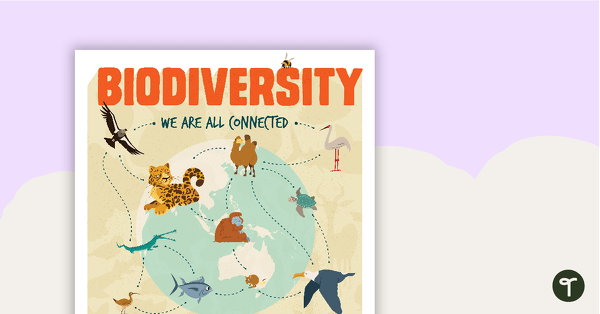
Biodiversity Poster
A poster to help your students explore the topic of biodiversity.
- Plus Plan
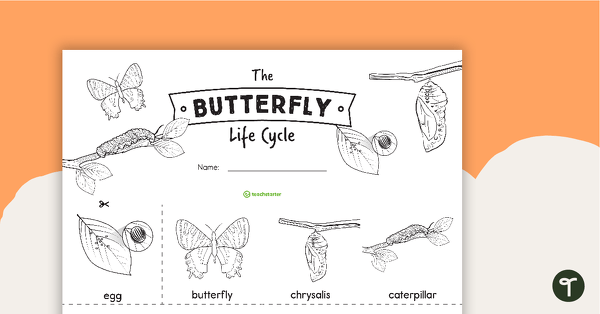
The Butterfly Life Cycle Sentence Strips
A booklet of the life cycle of a butterfly.
- Plus Plan
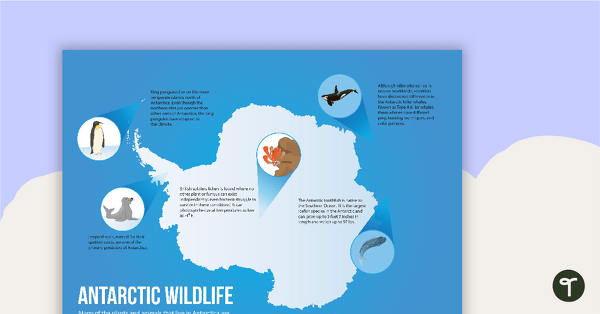
Antarctic Wildlife Poster
A poster highlighting some of the main wildlife found in Antarctica.
- Plus Plan
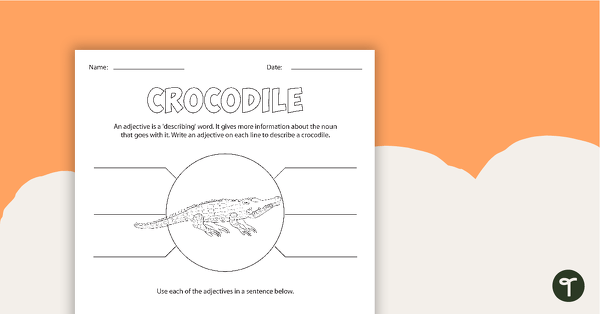
Marine Animals Adjectives Worksheet
A set of 12 marine animal themed adjective teaching resource worksheets.
- Plus Plan
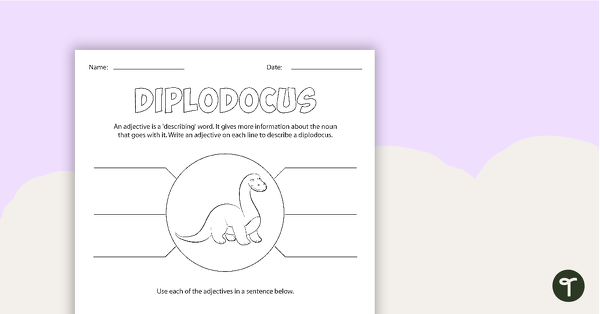
Dinosaur Adjectives Worksheet
A set of 6 dinosaur themed adjective teaching resource worksheets.
- Plus Plan
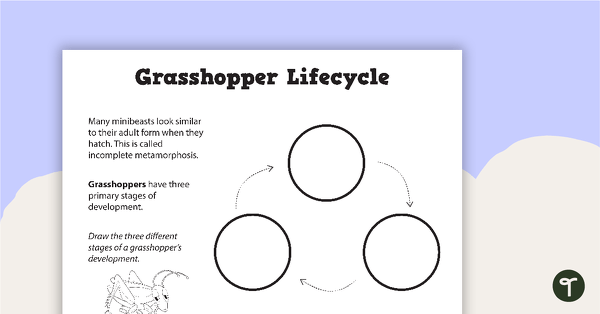
Grasshopper Life Cycle - Blank Template
A blank grasshopper life cycle template to use in the classroom when learning about minibeasts.
- Plus Plan

Amphibians vs Reptiles Worksheet Pack
Compare Amphibians vs. Reptiles and their characteristics with our printable animal comparison worksheets.
- Plus Plan
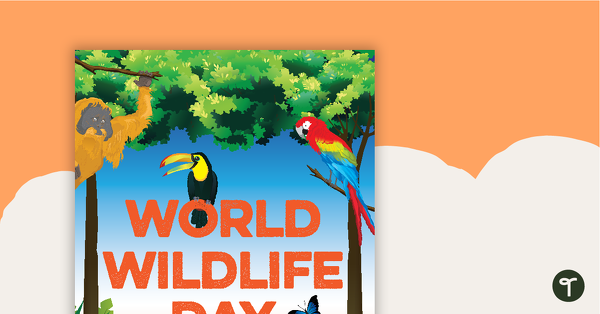
World Wildlife Day Poster
A poster to display in the classroom for World Wildlife Day.
- Plus Plan
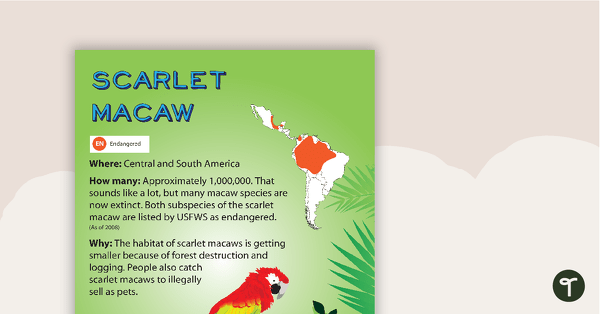
Scarlet Macaw Endangered Animal Poster
A poster showing information regarding the status of scarlet macaws.
- Plus Plan
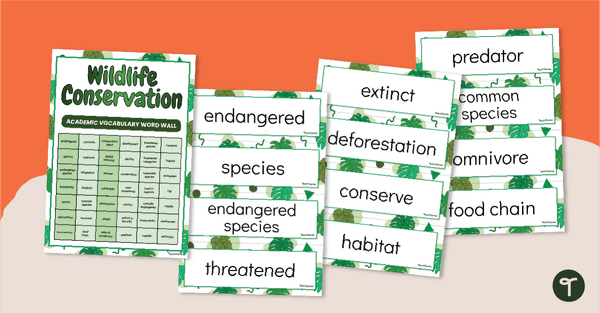
Wildlife Conservation Vocabulary Words
Help your students build academic vocabulary skills surrounding animal and wildlife conservation with a printable word wall.
- Plus Plan
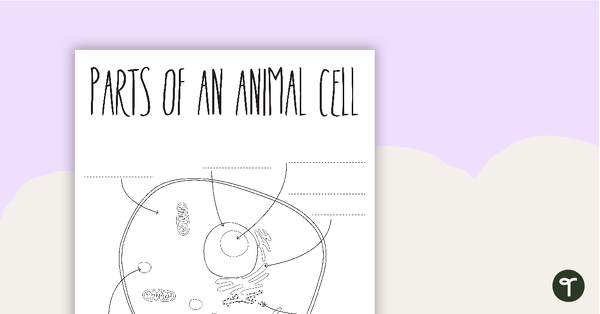
Parts of an Animal Cell - Blank
Use this worksheet to highlight the different parts of an animal cell.
- Plus Plan
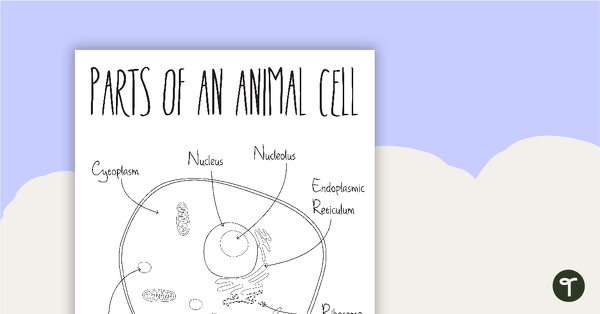
Parts of an Animal Cell Poster BW
Use this poster to highlight the different parts of an animal cell.
- Plus Plan
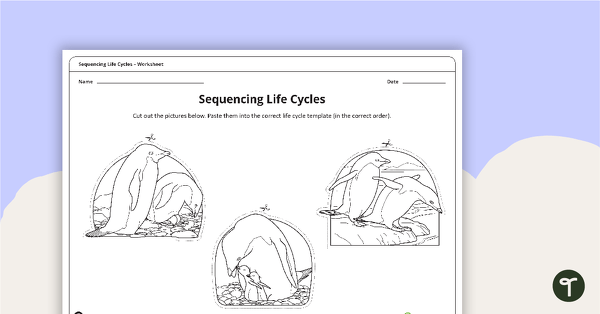
Sequencing Life Cycles Worksheet
An activity for students to use when learning about life cycles.
- Plus Plan
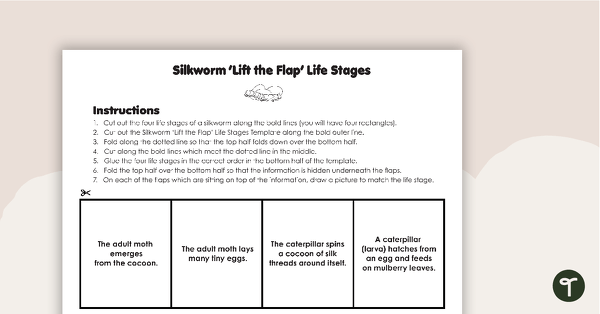
Silkworm 'Lift the Flap' Life Stages Template
An activity for students to use when learning about life stages.
- Plus Plan
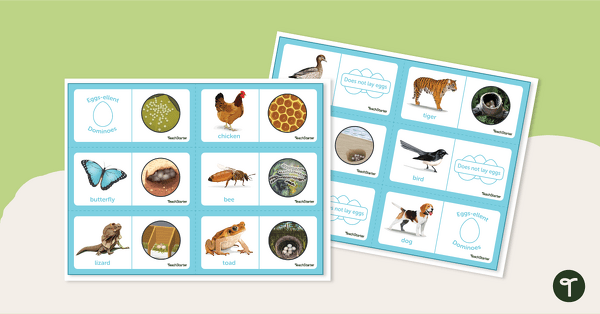
Eggs-ellent Dominoes
Identify egg-laying animal offspring by matching different eggs to their respective animals.
- Plus Plan
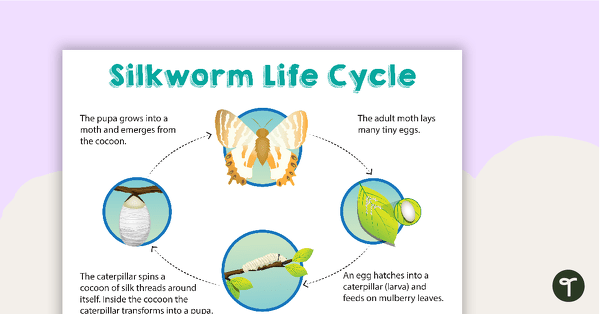
Silkworm Life Cycle Sort
Help your students concrete their understanding of silkworm life cycles with this interactive game.
- Plus Plan
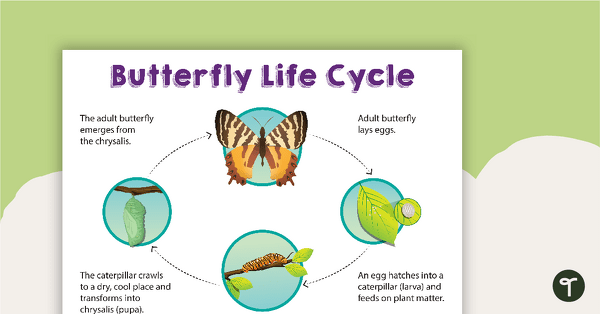
Butterfly Life Cycle Sort
Help your students concrete their understanding of life cycles with this interactive game.
- Plus Plan
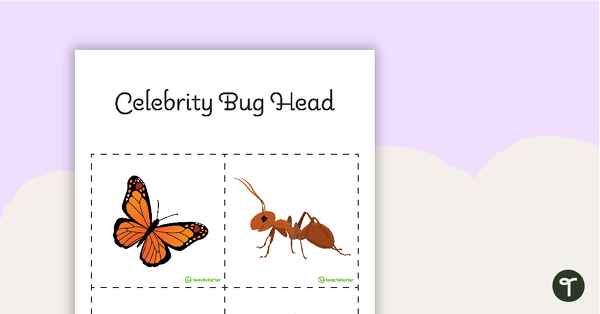
Celebrity Bug Head Game
A fun game to play when learning about the external features of living things.
- Plus Plan
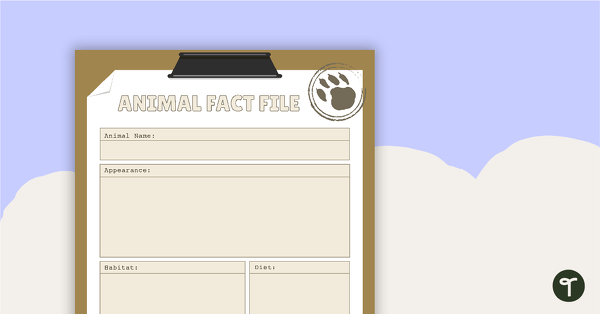
Animal Fact File Worksheet
An animal fact file for students to complete when learning about a variety of animals.
- Plus Plan
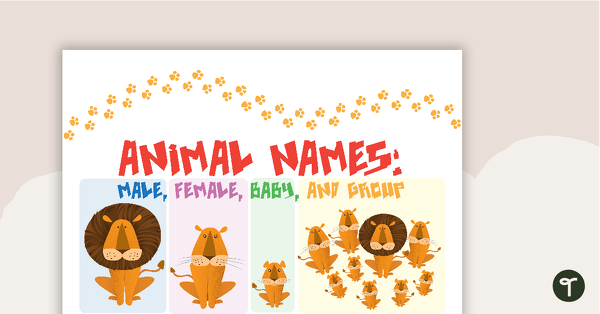
Male, Female, Baby, and Group Animal Names- Posters
5 pages of posters with animal names.
- Plus Plan
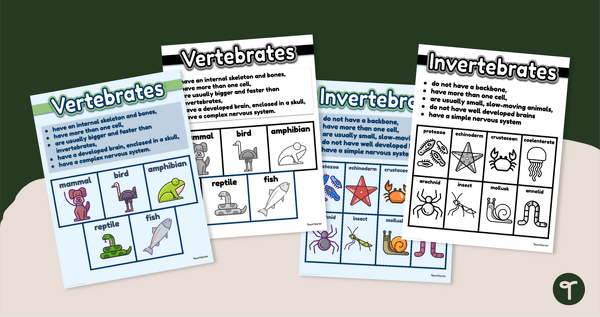
Vertebrates and Invertebrates Posters
A set of educational posters featuring the basic differences between vertebrates and invertebrates.
- Plus Plan
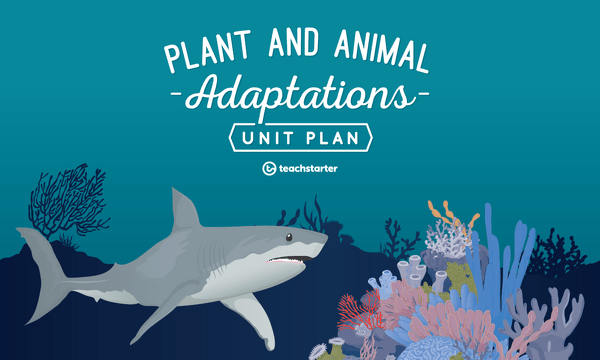
Plant and Animal Adaptations Teaching Resource Pack
A teaching resource pack of posters, worksheets and activities for teaching animal and plant adaptation and evolution.
- Plus Plan
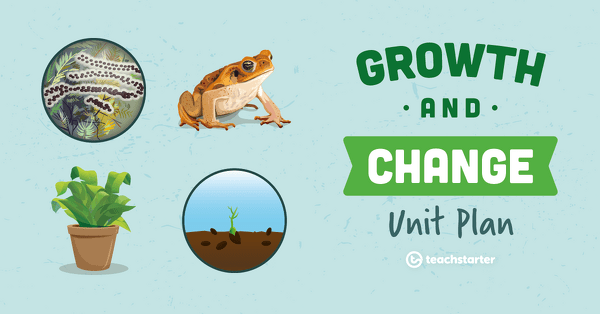
Growth and Change Unit Plan
This Biological Sciences unit explores how living things grow and change. Animal offspring (including humans) are compared with their parents and plants are grown from seed in order to observe change over a period of weeks.
- Plus Plan
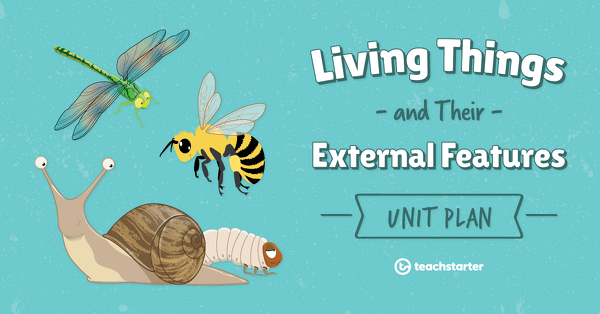
Living Things and Their External Features Unit Plan
This Biological Sciences unit covers a range of concepts relating to living things, such as their external features and the places in which their needs are met.
- Plus Plan
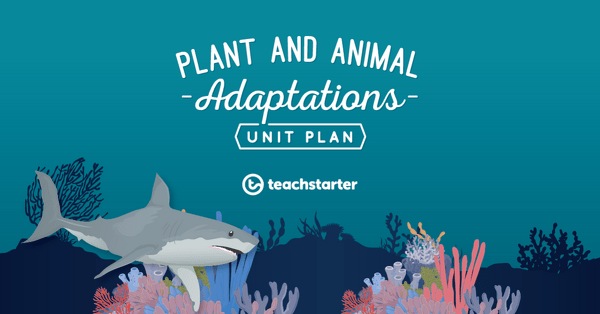
Plant and Animal Adaptations Unit Plan
This Science unit addresses the concept of plant and animal adaptations.
- Plus Plan
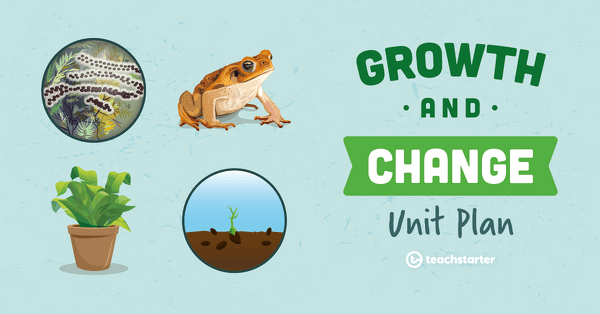
Big Changes!
A 60-minute lesson in which students will develop their understanding of the concept of metamorphosis.
- Plus Plan
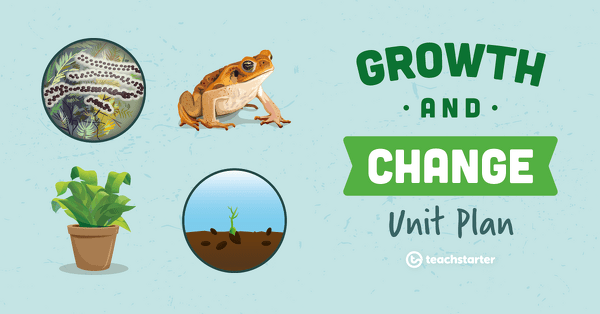
Going Through Stages
A 60 minute lesson in which students will demonstrate knowledge and understanding of simple life cycles.
- Plus Plan
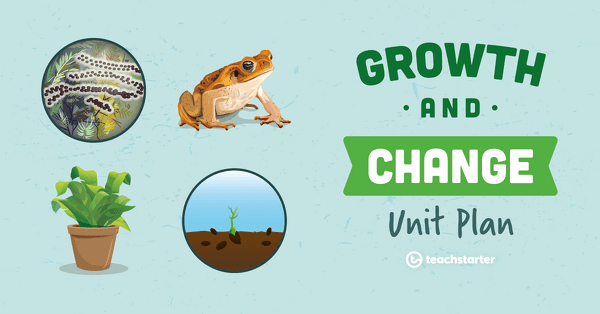
Mothers, Fathers, and Babies
A 60 minute lesson in which students will compare observable features of adults and offspring and identify the proper names of adults and their offspring.
- Plus Plan
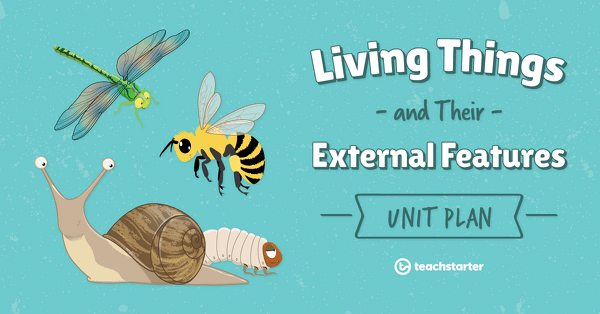
The Very Hungry Caterpillar
An assessment task in which students will demonstrate their knowledge and understanding of the external features of small animals.
- Plus Plan
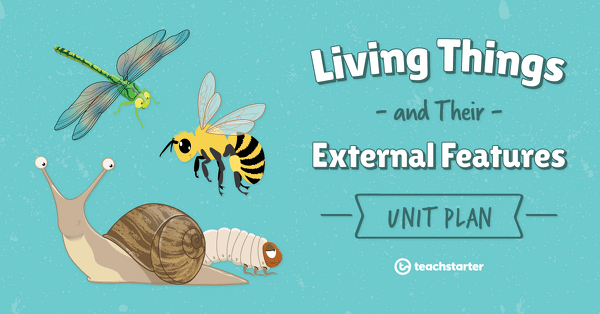
What is the Same and What is Different?
A 60 minute lesson in which students will compare the external features of small animals.
- Plus Plan
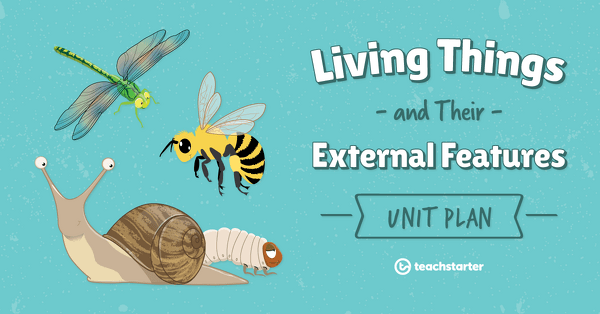
What Snacks Do Ants Prefer?
A 60 minute lesson in which students will investigate which foods ants prefer to eat.
- Plus Plan
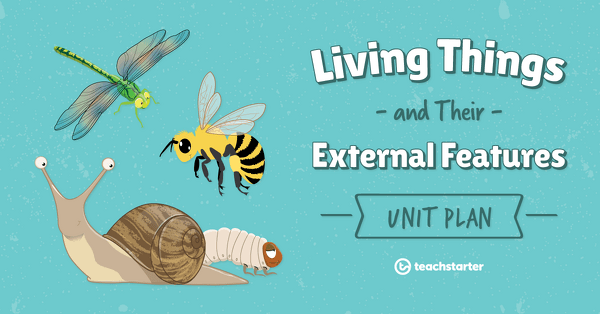
Astounding Ants
A 60 minute lesson in which students will identify the external features of an ant.